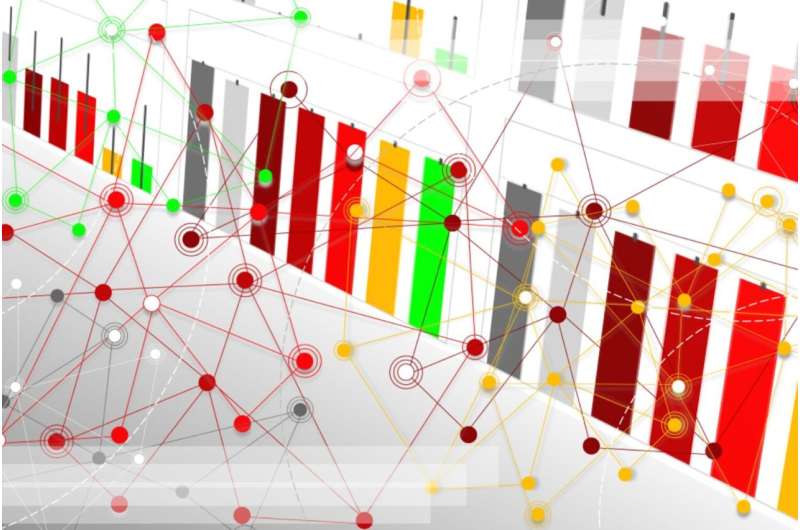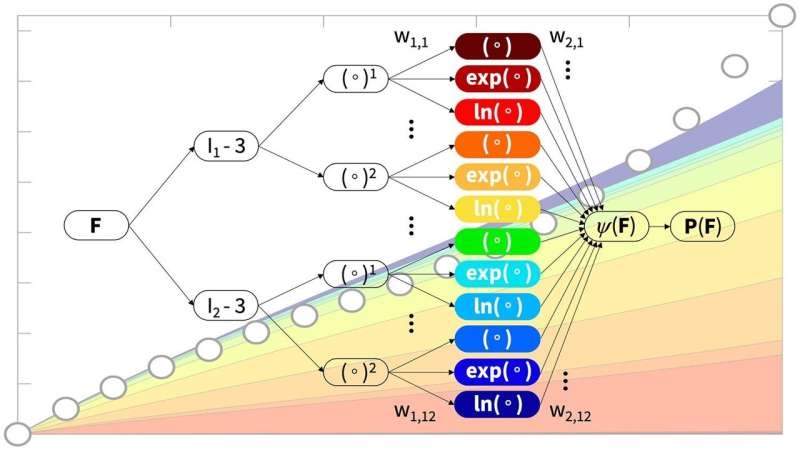This article has been reviewed according to Science X's editorial process and policies. Editors have highlighted the following attributes while ensuring the content's credibility:
fact-checked
peer-reviewed publication
trusted source
proofread
AI offers 'paradigm shift' in study of brain injury

From the gridiron to the battlefield, the study of traumatic brain injury has exploded in recent years. Crucial to understanding brain injury is the ability to model the mechanical forces that compress, stretch, and twist the brain tissue, causing damage that ranges from fleeting to fatal.
Researchers at Stanford University now say they have tapped artificial intelligence to produce a profoundly more accurate model of how deformations translate into stresses in the brain and believe that their approach could reveal a more definitive understanding of when and why concussion sometimes leads to lasting brain damage, and other times not.
"The problem in brain modeling to date is that the brain is not a homogeneous tissue—it's not the same in every part of the brain. Yet, trauma is often pervasive," said Ellen Kuhl, professor of mechanical engineering, director of the Living Matter Lab, and senior author of a new study appearing in the journal Acta Biomaterialia. "The brain is also ultrasoft, much like Jell-O, which makes both testing and modeling physical effects on the brain very challenging."
Going to the library
Researchers who want to study brain trauma are forced to select from a library of dozens of material models, some dating back almost a century, to help calculate the stresses on the brain.
For decades, scientists have developed these models for soft materials with inscrutable names like the "neo-Hookean Model for Plastics and Rubber," the "Demiray Model for Soft Tissues," and the "Ogden Model for Rubber-like Solids." But a model that works for a certain type of stress—tension, compression, or shear—may not work for another. Similarly, a model that might work for one region of the brain might not work for another.
The new approach takes a model-of-models tack, using artificial intelligence to discover which model, out of more than 4,000 possibilities, best explains the behavior of the brain. In the past, selecting the best model was a hit-or-miss process that depended largely on user experience and personal preference.
"We take user selection out of the equation by allowing machine learning to examine the data and decide which model works best," adds Sarah St. Pierre, a doctoral scholar in Kuhl's lab and a co-author of the paper. "Automating this process lowers barriers to model the brain. Now, every Stanford student can do this." Once machine learning has discovered the best model, it's easy to relate it back to the models that generations of researchers have proposed.

Transformative insights
The approach, known as a Constitutive Artificial Neural Networks, was developed by Kevin Linka before he joined the Living Matter Lab as a postdoc to apply his method to the brain.
"We provide the network all existing constitutive models developed over the last century. And the AI does a mix-and-match to find the best option. This is impossible to do by hand," Linka said. "Now, we've effectively discovered a new model that makes us more confident in studying the mechanical stress in the brain."
Unlike conventional off-the-shelf neural networks, Constitutive Artificial Neural Networks provide novel insights into the physics of the brain. As but one example, the team notes that they have pinpointed physically meaningful parameters, such as varying shear stiffnesses in four different regions of the brain—the cortex, basal ganglia, corona radiata, and corpus callosum—at precisely 1.82, 0.88, 0.94, and 0.54 kilopascals each.
The shear modulus relates the force from a hit to the head, for instance, to the resulting deformation of the brain tissue. By these measures, the cortex—the gray, outer layer of the brain—is more than three times as stiff as the corpus callosum, the network of nerves connecting the two hemispheres of the brain.
With such improved knowledge, brain trauma researchers can more accurately simulate and understand where in the brain trauma originates. This could inspire the design of new protective equipment or treatments that promote healing. To translate this knowledge into engineering practice, Kuhl's group has collaborated with a major simulation software company, Dassault Systemès Simulia, to integrate automated model discovery directly into their analysis workflow.
"What's really most exciting about this research," Kuhl said, "is that Constitutive Artificial Neural Networks could induce a paradigm shift in soft tissue modeling, from user-defined model selection to automated model discovery. This could forever change how we simulate materials and structures."
More information: Kevin Linka et al, Automated model discovery for human brain using Constitutive Artificial Neural Networks, Acta Biomaterialia (2023). DOI: 10.1016/j.actbio.2023.01.055





















